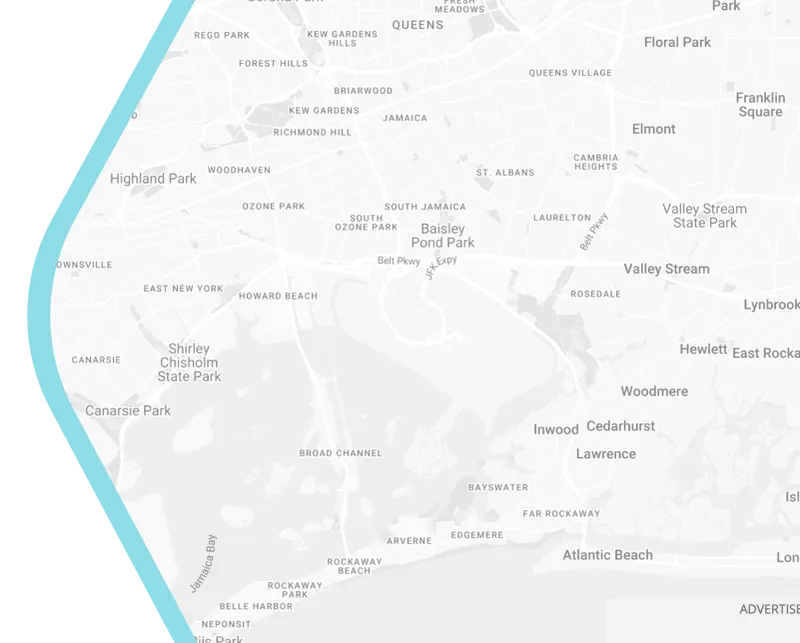
Street Experiments for Smart Urban Mobility
In creating the most liveable city, the design of the street is one of the major areas that municipalities must pay great attention to. Many cities started to experiment on parts or blocks of a street to formulate the best design framework for improving the quality of the inhabitants’ lives.
































